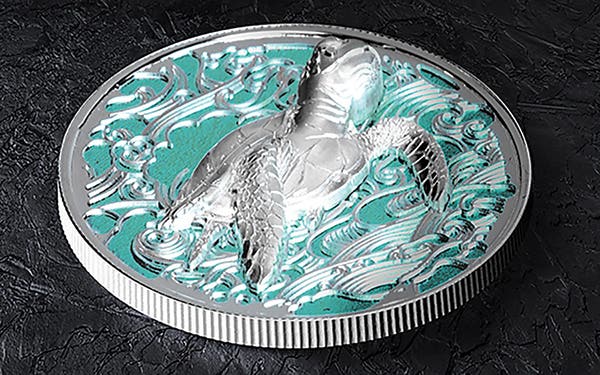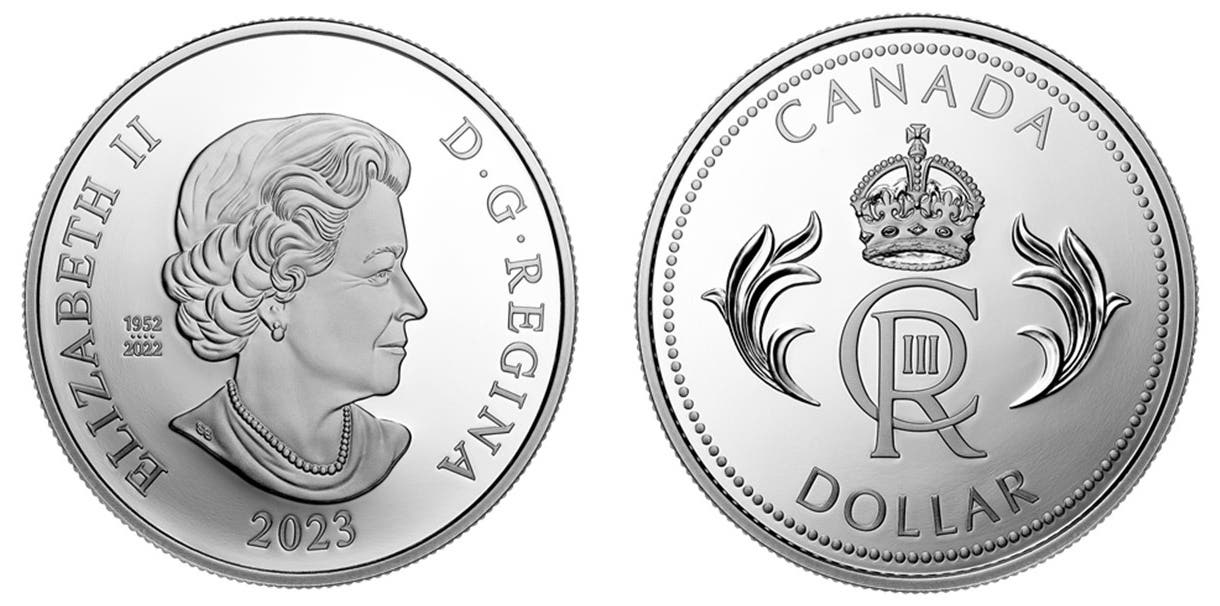Counterfeiting Coins on the Rebound
Higher value coins are in the news for all the wrong reasons. Why does it appear there are more counterfeit coins bannering the headlines than there have been in years?…
Higher value coins are in the news for all the wrong reasons. Why does it appear there are more counterfeit coins bannering the headlines than there have been in years? Do you really think counterfeiters have given up on coins in favor of bank notes because the rewards are greater with bank notes for their efforts?
The answer is that counterfeiters are typically interested in copying high value currency that is in general use. We seldom hear about counterfeit U.S. $1 bank notes, but counterfeit $20, $50 and $100 notes are encountered on occasion. The same thing is true with coins. Who is going to spend the time and effort to counterfeit a 50-cent or dollar coin, neither of which are in general use? On the other hand, the commonly used British £1 coin is a target not because of its face value (which is about $1.21 U.S.), but because of the frequency with which it circulates. The United Kingdom has no £1 bank note.
In fact, the British £1 coin was redesigned in 2017 when it was estimated one in every 30 £1 coins in circulation were fakes.
Between 1985 and 1993 the Swiss 5-franc coin had an incused rather than raised lettered edge. There were so many counterfeits of these coins that the incuse edge coins were removed from circulation on Jan. 1, 2004. Switzerland’s 5-franc coin had an exchange rate of about $5.31 at the time this article was being written, making it one of the highest denomination coins in circulation anywhere.
When Japan released its 500-yen coin in 2021 for the first time in 21 years, special anti-counterfeiting measures were added to the coin due to the coin being the target of counterfeiters. At the time this article was being written the 500 yen was valued at $3.75 U.S. and was circulating widely.
On May 9, 68-year-old Daixiong He of Richmond Hills, Ontario was arrested for counterfeiting Canadian $2 coins. About 10,000 counterfeit $2 had been seized by the Royal Canadian Mounted Police. The story was covered in World Coin News. It now appears that wasn’t the end of the Canadian counterfeit $2 coin story.
On Aug. 11 the Owen Sound police issued a news release informing local citizens “about the prevalence of counterfeit ‘toonies’ [Canada $2 coins] in our community.” Owen Sound is in southwestern Ontario about 100 miles from Toronto and about 115 miles from Richmond Hills. Considering He was arrested three months ago this might suggest someone else is distributing and perhaps making the currently encountered fakes. The only statement local police made was, “Over the years, toonies have had numerous differing designs incorporated into their appearance, but the counterfeit versions all seem to be a recreation of the original toonie design with more basic features.”
Waterloo Coin Society Treasurer Brent Mackie gave his opinion of why someone would fake coins rather than bank notes today in a July 2 Globe and Mail newspaper story. According to Mackie, its economies of scale. “When you start making millions of them, you’re able to reuse all the dies and machinery, and spread that cost out over each individual piece. When you’re producing millions of them, it may only cost 50 cents a coin to produce.”
Coin expert Mike Marshall in Quinte West, Ontario added, “Everybody went, ‘Yeah, right, who’s gonna counterfeit a toonie?’ That’s exactly why you counterfeit a toonie: because nobody looks.”
Ireland recently experienced its first-ever large-scale seizure of counterfeits, these being fake European Union €2 coins. The coins discovered in the city of Raheny have a reported face value of €2,920 or about almost $3,000.
Circulation strike coins may be a target of counterfeiters, but they aren’t the only target. Universal Coin & Bullion President Mike Fuljenz recently warned collectors and investors that counterfeit coins and fake ‘gold and silver’ ingots manufactured in China are being sold to American buyers through fraudulent advertising on various social media platforms and by uninformed coin dealers.
Fuljenz said, “Facebook and many other social media platforms have been very lax in policing their advertisers. Fly-by-night counterfeiters take advantage of those lax policies and use these venues to sell their counterfeits. The end result is many collectors are fleeced out of a good chunk of their life savings.”
The situation in the United States is not something new. The FBI posted warning Alert # I-090921-PSA that in April 2021, U.S. Customs and Border Protection seized 279 shipments of counterfeit coins and bank notes at the Chicago International Mail facility. The CBP seized an additional $1.64 million in counterfeit bank notes and coins at Chicago O’Hare International Airport one year earlier.
What all this boils down to is that what some people say is the world’s second oldest profession is unfortunately still alive and apparently thriving.








